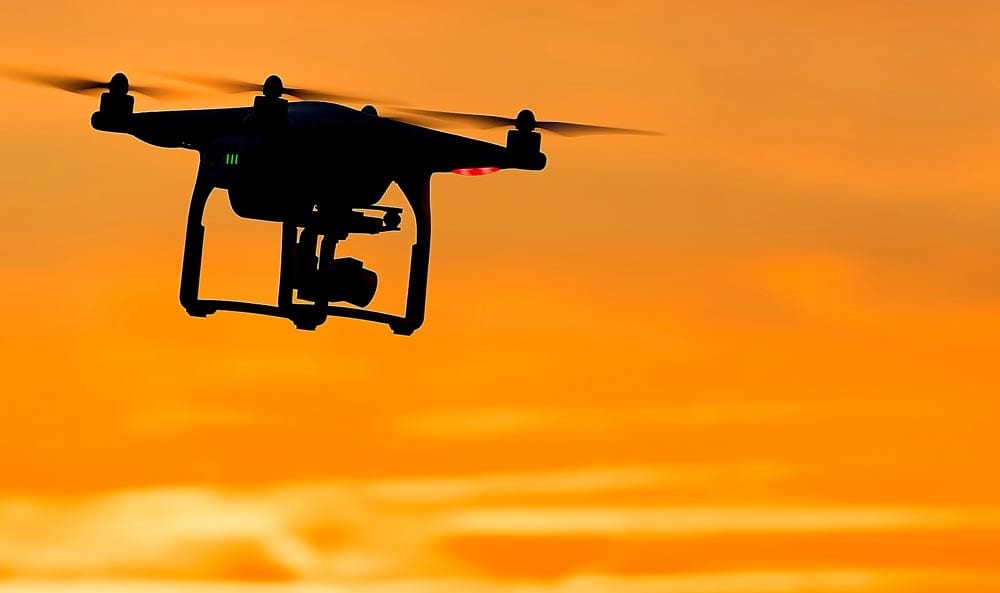
News
A Rescheduling Method for Drones with Low Battery Power
Drone flights that are aimed at search and rescue, package delivery and other applications tend to face battery shortages due to external environmental factors and research is being done to minimize the harm done by these external factors on the actual mission of the drone.
Drones are preferred for applications such as the ones mentioned above due to several reasons which include the fact that there is no set-up time for a drone, and there is no need for an onboard pilot for the drone, and so drones can reach otherwise inaccessible areas for border surveillance, package delivery, pipeline inspections etc.
A new research paper, ‘A Rescheduling Method of Drone Flights under Insufficient Remaining Battery Duration‘, has been published in the International Conference on Unmanned Aircraft Systems (UAS), 2018. The authors include Seon Jin Kim, Gino J. Lim, Navid Ahmadian, and Maryam Torabbeigi, all of whom belong to the Department of Industrial Engineering of the University of Houston, United States.
The authors of this paper have presented a rescheduling method for the flight of drones which serves to do two things: minimize the penalty incurred through a reduction in the number of waypoints in the drone’s path, and ensure that the drone reaches the original depot safely. This is in the case when a routine mission is interrupted by unforeseen external factors such as strong winds and/or moving obstacles.
The rescheduling method that they have proposed is also implemented numerically to display and validate its functionality and accuracy, showing that the method can successfully save a drone while getting the maximum benefit out of the flight.
Why: Drones have only a limited amount of battery, which is determined by the estimated time it would take for the drone to complete its mission. However, it so happens during many flights that the drone is met with unforeseen external factors such as strong winds and rainfalls due to which the drone has to expend a much greater amount of energy to follow the same predefined path and maintain the same speed.
Due to this, drones are not left with sufficient battery duration to be able to complete the flight and go through all the waypoints, making it back to their original depot safely. Many drones have been lost and damaged due to these reasons. Therefore there is a need for a model that optimizes the flight of these drones in real-time when something unexpected happens and the drones can no longer complete their full mission given their battery duration.
How: The researches first describe how the drone’s decision making will pan out. The drone will be consistently keeping a track of its remaining battery duration at every waypoint, and comparing the duration to a set threshold. Should the current battery duration go below the allowed threshold value due to external factors, the drone will then run go through one step in which it will identify what course of action it is to follow. So if the drone has sufficient battery only to get back to its original depot, and not even enough battery to pass through another waypoint, the drone will treat this as a Case 1 and immediately schedule a flight back to its original depot. In the case that the drone has sufficient battery duration to pass through a set number of waypoints in its path (Case 2), the drone will then run its optimization model.
The authors of this paper have presented the proper optimization model in mathematical form. The model uses several parameters that include the remaining battery duration at its current location, flight time between a center and a waypoint, time between waypoints, and the penalty cost when a certain demand is not fulfilled.
Using these parameters, the model will then optimize the decision variables that include the total penalty incurred through the rescheduled flight (this has to be minimized), and whether or not the drone will get back to its original depot (this is a binary decision variable – either 1 or 0).
The authors have also validated this model in a numerical simulation that is presented in section IV of their paper. The experiment proves that the optimization model indeed reschedules a flight that achieves the desired effect.
In the concluding remarks, the authors identify that the work may be extended to include uncertain flight times between waypoints to describe real flight environments, and consider drone kinematics and dynamics in the scheduling process.
Citation: S. J. Kim, N. Ahmadian, G. J. Lim and M. Torabbeigi, “A Rescheduling Method of Drone Flights under Insufficient Remaining Battery Duration,” 2018 International Conference on Unmanned Aircraft Systems (ICUAS), Dallas, TX, USA, 2018, pp. 468-472. | doi: 10.1109/ICUAS.2018.8453379 | http://ieeexplore.ieee.org/stamp/stamp.jsp?tp=&arnumber=8453379&isnumber=8453276




















